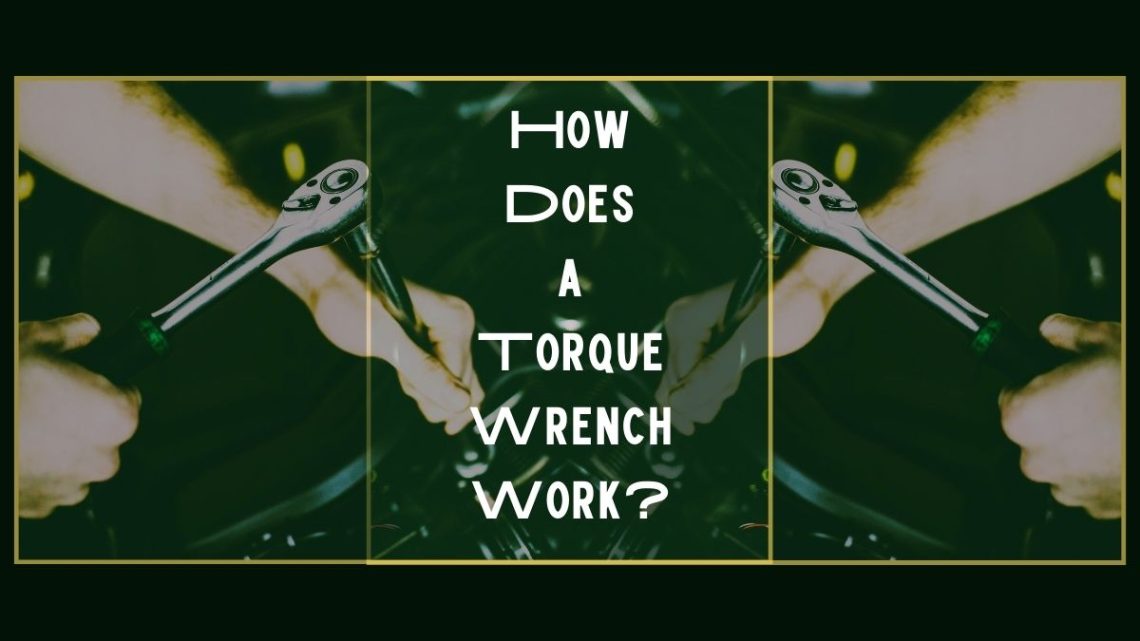
How Does a Torque Wrench Work? – A Complete Guide
A torque wrench measures and applies a specific amount of rotational force to a fastener. This tool ensures proper tension and loading of hardware. Here, we will discuss how does a torque wrench work? – which would be a useful one for torque-wrench users.
Employing a torque wrench enables precision tightening of nuts, bolts, and screws, crucial for many mechanical assemblies. By utilizing either a beam, click, digital, or dial mechanism, torque wrenches provide feedback—either visually, audibly, or digitally—when the user reaches the desired torque level.
This level of control is essential in automotive, aeronautic, and construction fields, where exact specifications determine the safety and integrity of a structure or mechanism. A well-calibrated torque wrench helps prevent under-tightening that could lead to loose parts and potential failures, or over-tightening which might cause damage or stress to components. For anyone performing maintenance or assembly, understanding the operation and proper use of a torque wrench is a vital component of their toolkit.
Related Article: Top 9 Best Digital Torque Wrenches of 2025
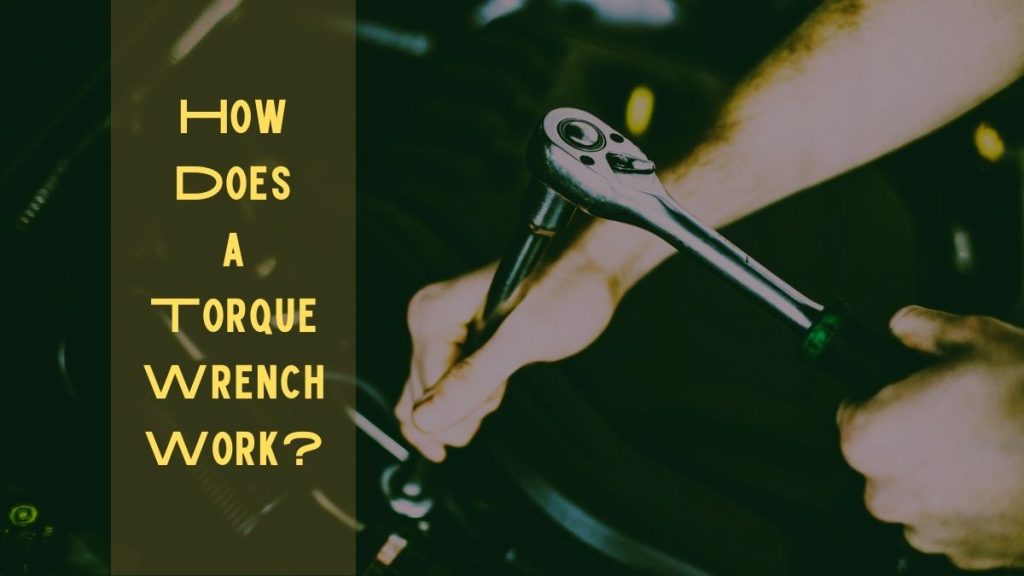
Related Article: The Top 9 Best Ratcheting Wrench Sets of 2025
You may also read: The Ultimate Guide to Different Types of Wrenches
Fundamentals of Torque Wrench Mechanics
Let’s jump right into a captivating journey through the world of torque wrench mechanics. This tool, as simple as it seems, possesses an ingenuity that is awe-inspiring. We will navigate through the elemental makeup and workings of this handy tool.
Components And Their Roles
The torque wrench has various key parts that come together to deliver its function. Let’s dive into each of these:
- Handle: This is the grip of the torque wrench. It’s where you apply force.
- Scale: Positioned on the handle, it helps set the torque value.
- Lock: This part ensures that the set torque value does not change during use.
- Spring: A key component that determines the amount of torque applied.
The Basic Principle Of Operation
Now, let’s delve into how these parts of a torque wrench work together.
- First, set the desired value on the wrench by twisting the handle.
- This value compresses or expands a spring inside the wrench.
- You then apply force to the handle as you work with the tool.
- The wrench clicks or releases once you achieve the set torque.
In essence, a torque wrench allows you to apply a specific amount of force. This helps prevent over-tightening that could damage parts or under-tightening that could lead to loose inaccuracies.
Credit: www.heamar.co.uk
Types of Torque Wrenches
Understanding the ‘Types of Torque Wrenches’ is crucial in making an informed choice. These tools come in different forms, each with unique features and uses. Let’s dive into some popular types: Click Type Wrenches, Hydraulic Torque Wrenches, Beam Type Wrenches, and Plumber Wrenches.
Click Type Wrenches
Click Type Wrenches are prevalent. Users set the torque limit. When reached, the wrench produces a click sound. This type allows for precision, reducing the risk of over-tightening.
- Best for: Automotive and bicycle use
- Benefits: Accuracy, audible alert
Hydraulic Torque Wrenches
Working with heavy machinery? Consider Hydraulic Torque Wrenches. These forceful tools use hydraulic power. Get high torque levels without much effort.
- Best for: Industrial settings
- Benefits: High power, easy to use
Beam Type Wrenches
Beam Type Wrenches offer a simple, reliable design. A pointer indicates the torque on a calibrated scale. No batteries, just simple mechanics at work.
- Best for: Basic, non-professional uses
- Benefits: Simple design, durability
Plumber Wrenches
Say hello to Plumber Wrenches. Specifically designed for plumbing jobs. They hold pipes and fittings securely, making your plumbing tasks easier.
- Best for: Plumbing encounters, pipe work
- Benefits: Specialized use, great grip
In-depth Look At Torque Wrench Calibration
A torque wrench is a handy tool for many mechanics. Correct calibration is key to its proper functioning. Here, we’re going to take an in-depth look into the calibration process of torque wrenches.
Significance Of Calibration In Torque Wrenches
Calibration is a pivotal aspect in maintaining the accuracy of a torque wrench. It ensures your torque wrench gives precise readings. This results in safe, effective use of the tool. It also helps to prevent potential damage to parts due to over or under tightening.
Process Of Torque Wrench Calibration
The steps involved in torque wrench calibration are quite simple. Here, they are broken down for your understanding:
- Prepare The Wrench: The first step is ensuring the wrench is ready for calibration.
- Set the Dial: Adjust the wrench to its mid-range setting. It allows for an accurate calibration.
- Apply Force: Attach the wrench to a calibration machine. This machine applies a set force to the wrench.
- Compare Readings: Compare the reading on the machine with the wrench’s dial. They should align closely.
- Make Adjustments: If the readings don’t agree, adjust the wrench. Repeat these steps until they do.
In short, calibration is a paramount aspect of maintaining a torque wrench. It ensures your tool is always accurate and performing at its best.
Credit: www.quora.com
Usage Techniques of A Torque Wrench
Understanding torque wrench usage techniques aids in achieving accuracy during bolt tightening. It also extends the life of a torque wrench and improves the safety of operations.
Steps For Accurate Measurements
Follow these steps to ensure accurate measurements:
- Check the manual: Every tool comes with a manual. Read it first.
- Set torque value: Find the required value. Set the wrench to it.
- Steady grip: A steady grip prevents slips.
- Tighten the bolt: Apply force steadily. Wait for the click.
- Verify readings: Double-check the torque value.
Common Mistakes And Misconceptions
Be aware of common mistakes and misconceptions about torque wrenches:
- Misuse: Do not use a torque wrench for loosening bolts. It’s for tightening only.
- Incorrect torque value: Setting the wrong torque value can damage a bolt.
- Expecting an obvious ‘click’: The ‘click’ is subtle. Don’t miss it.
- Over-tightening: Over-tightening can also damage bolts and tools. Stop at the ‘click’.
Protection And Maintenance of Torque Wrenches
To ensure prolonged use, take care of your torque wrench. Measures for protection and maintenance are simple. This post will help you learn about these measures.
Best Practices For Storage
Correct storage of a torque wrench boosts its longevity. Keep these points in mind:
- Protect from humidity: Moisture can cause rust. Therefore, ensure the storage area is dry.
- Avoid direct sunlight: Heat causes metal to expand and contract. This can damage the wrench.
- Zero out before storing: This helps maintain the wrench’s calibration accuracy.
Essential Cleaning And Maintenance Procedures
Clean your torque wrench for optimal use. Follow these steps:
- Wipe clean with a soft cloth: After every use, clear the wrench. It removes dirt and grime.
- Lubricate when needed: Apply a lightweight oil to the moving parts. It prevents rust and ensures smooth operation.
- Check for any damages regularly: This allows you to spot and fix problems early. Incorrect calibration or worn out parts may cause inaccurate readings.
By following these protective and maintenance steps, you may enhance the life and efficiency of your torque wrench. Remember, a well-maintained tool does its job best!
Credit: commons.wikimedia.org
Frequently Asked Questions of How Does A Torque Wrench Work
What Are Three Rules Of Torque Wrenches?
Use a torque wrench to apply specific force levels without exceeding the manufacturer’s recommendations. Always return the wrench to its lowest setting after use. Periodically calibrate the tool to ensure accuracy.
Will A Torque Wrench Keep Tightening After Click?
A torque wrench should not continue tightening after the click. The “click” indicates the predetermined torque has been achieved; further force could lead to over-tightening.
How Does A Torque Wrench Know?
A torque wrench knows through its mechanical design. This tool measures the rotational force applied to a bolt. Its mechanism creates a “click” sound to indicate the pre-set torque value is reached. It ensures precision while fastening nuts and bolts.
How Do You Measure Torque With A Torque Wrench?
To measure torque with a torque wrench, first, select your desired torque level. Second, apply steady pressure to the wrench until it clicks. This click signalizes that the set torque has been reached. It’s crucial to stop at this point to avoid overtightening.
To know more about How Does a Torque Wrench Work?>>
Conclusion
A torque wrench stands as a fundamental tool for precise work, ensuring correct tightness in every mechanical setup. With this, errors in equipment assembly are minimized. Grasp the science behind its operation and unlock the potential of flawless mechanical execution.
Now, with this insight, a torque wrench won’t just be a tool but a partner in accuracy.
Related Article: 7 Best Impact Wrenches of 2025 for Professional Workers
You may also read: Best Hand Tools For Beginners To Complete Tasks Easily


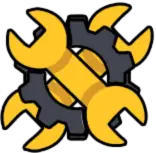
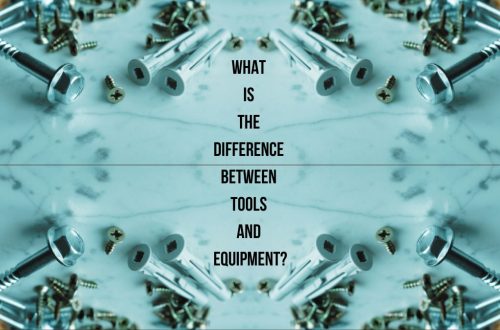
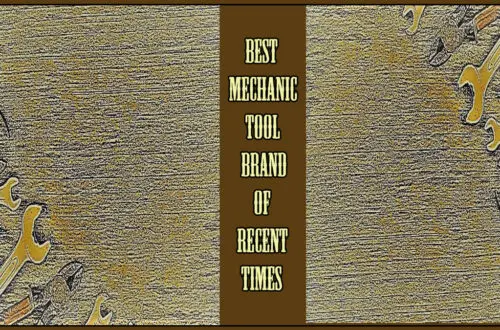
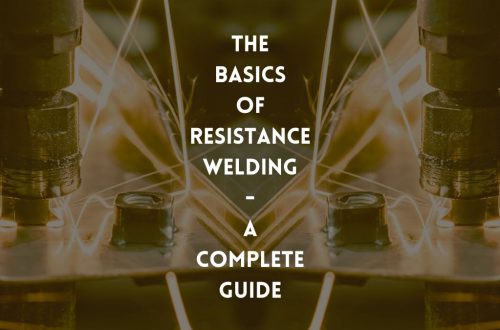
3 Comments
Pingback:
Pingback:
Pingback: